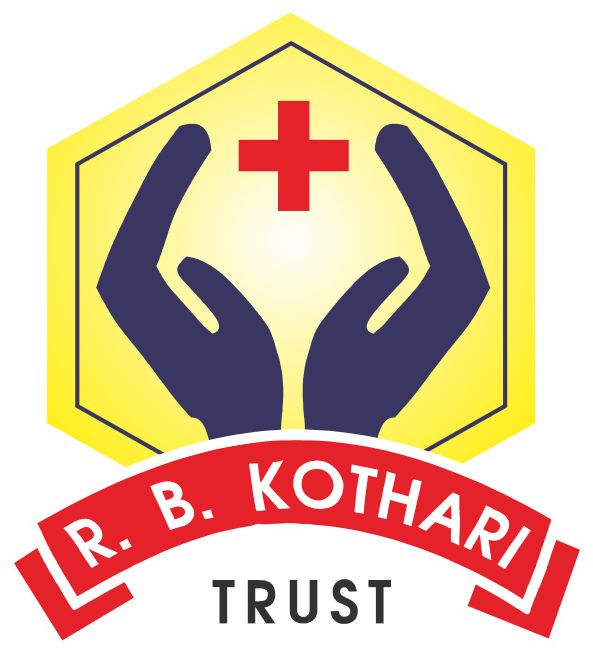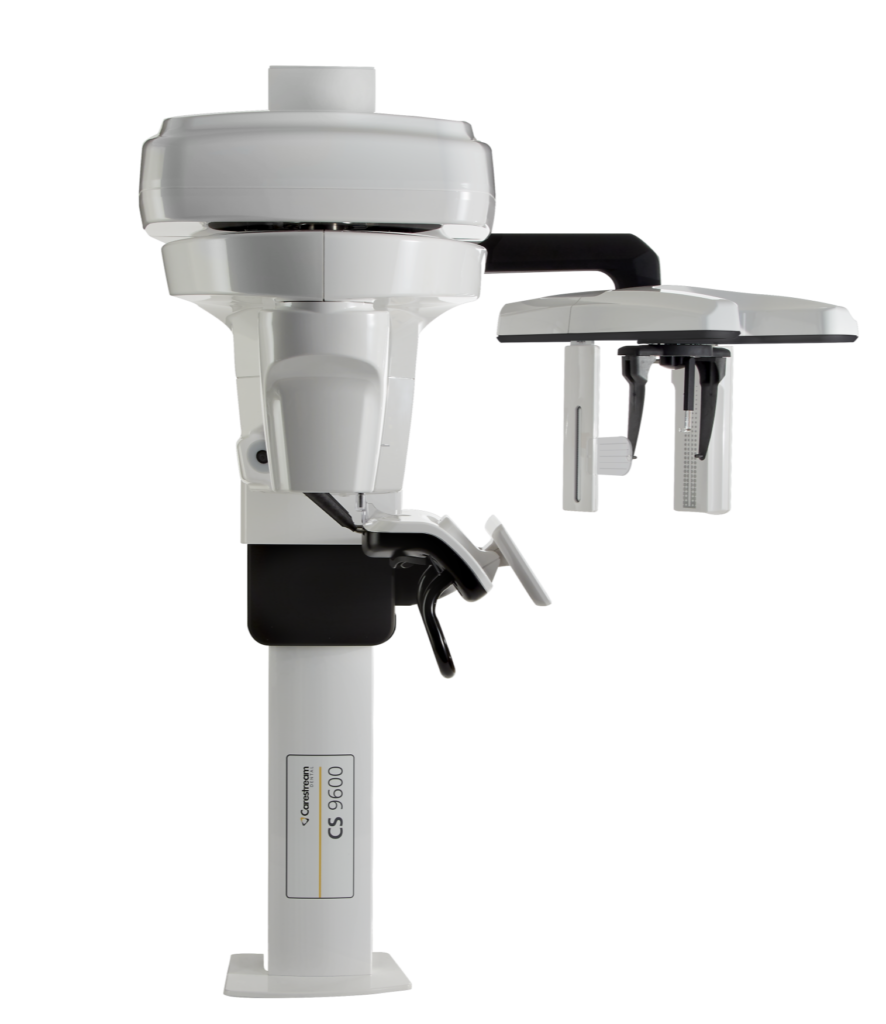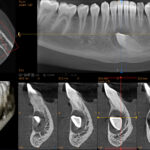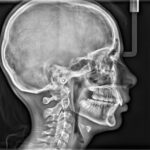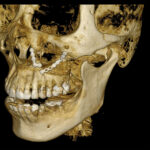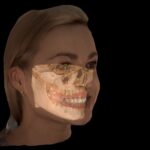Cone Beam Computed Tomography (CBCT)
Cone beam computed tomography is a medical imaging technique consisting of X-ray computed tomography where the X-rays are divergent, forming a cone.
CBCT has become increasingly important in treatment planning and diagnosis in implant dentistry, ENT, orthopedics, and interventional radiology (IR), among other things. Perhaps because of the increased access to such technology, CBCT scanners are now finding many uses in dentistry, such as in the fields of oral surgery, endodontics and orthodontics. Integrated CBCT is also an important tool for patient positioning and verification in image-guided radiation therapy (IGRT).
During dental/orthodontic imaging, the CBCT scanner rotates around the patient’s head, obtaining up to nearly 600 distinct images. For interventional radiology, the patient is positioned offset to the table so that the region of interest is centered in the field of view for the cone beam. A single 200 degree rotation over the region of interest acquires a volumetric data set. The scanning software collects the data and reconstructs it, producing what is termed a digital volume composed of three-dimensional voxels of anatomical data that can then be manipulated and visualized with specialized software.[2][3] CBCT shares many similarities with traditional (fan beam) CT however there are important differences, particularly for reconstruction. CBCT has been described as the gold standard for imaging the oral and maxillofacial area.
Applications;
-
Endodontics
The most significant advantage of the CBCT in Endodontics is that it can show critical root canal anatomical features that conventional intraoral or panoramic images cannot.
-
Implantology
A dental cone beam scan offers useful information when it comes to the assessment and planning of surgical implants. The American Academy of Oral and Maxillofacial Radiology (AAOMR) suggests cone-beam CT as the preferred method for presurgical assessment of dental implant sites.
-
Orthodontics
As a 3D rendition, CBCT offers an undistorted view of the dentition that can be used to accurately visualize both erupted and non-erupted teeth, tooth root orientation and anomalous structures, that conventional 2D radiography cannot.
Source: Wikipedia
Carestream CS 9600 CBCT Machine
VERSATILE AND SCALABLE
A multi-function imaging system blending 2D panoramic and cephalometric imaging, CBCT imaging, 3D facial scanning and 3D model scanning.
MEETS THE NEEDS OF ANY SPECIALTY
The CS 9600 offers up to 14 fields of view, ranging from 4cm x 4cm to 16 cm x 17cm, to support all of your diagnostic needs – from routine exams to specialized ones.
OPPORTUNITY-CREATING SOFTWARE
Our imaging software suite includes optional implant, orthodontic, restoration and airway analysis modules to help you take full advantage of the many capabilities of digital dentistry.
CS FACE SCAN
Innovative Face Scan* feature generates realistic 3D facial images and automatically superimposes surface scans on CBCT images and 3D models.
FULL MOUTH STATUS AT THE HIGHEST RESOLUTION
Very high resolution images (up to 75 microns) are perfect for endodontic needs. The system even provides the ability to capture full mouth scans at the highest resolution.
